Finca Flichman is one of the wine producers in Mendoza with active European involvement. Sogrape has continued to invest in the bodega since the acquisition in 1997 and focused on improving the quality of the wines. Britt tells the story and talks to the winemaker Luis Cabral de Almeida.
Several European wine producers have been seduced by the attractive climate and the (relatively) cheap land in Mendoza. One of them is the Portuguese company Sogrape. In 1997 they bought Finca Flichman in the Maipu. Luis Cabral de Almeida, also from Portugal, is the head winemaker. “I’ve been here since 2004 and it is not difficult to feel at home,” he says. “Argentina is part old world, part new world. And I do like the barbecues!”
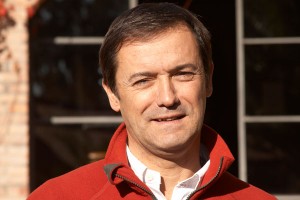
He also likes the openness, the willingness to discuss and learn from each other. Not always the case in Europe, he says.
“The quality of Argentine wines is increasing every year,” he continues, “we are showing better results both in the vineyard and in the cellar. We are realizing the importance of combining the right variety with the right kind of soil. We have a lot of clay in the soil which gives great energy to the vines. And our climate has the advantage of having cool nights during the summer so the vines can rest. So overall, we have very good conditions for growing vines. The sun is actually a bit stronger here in Mendoza than in other places and the birds sing a little bit stronger … ”
Since Sogrape bought Finca Flichman in 1997 a lot of investments have been made both in the vineyard and in the wine cellar. They used to sell 80% of the production in Argentina. Now export is growing. Production has increased from 500 000 cases in 2004 to 1.2 million cases today. Flichman owns 900 hectares of land of which 350 hectares are planted.
Another 40 hectares are planted each year. The cellar has a capacity of staggering 22 million liters and is currently producing 5 million liters. “We are growing, but what is more interesting is that our wines are much better,” says Luis. “One of my first years at Flichman we won a Decanter Trophy but the wine was horrible!”
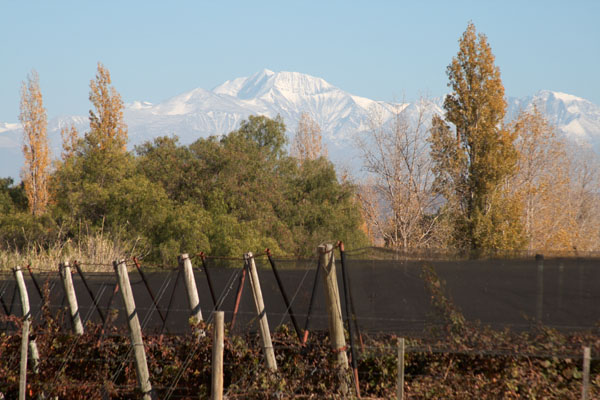
Good quality starts in the vineyard, says Luis, you have to know your vines. “We are not as dependent on the whims of nature as in Europe. We have a stable climate and 9 out of 10 vintages we get the kind of grapes we want. “But that does not mean that some years are not better than others.” 2010 is his best year so far, thanks to a cool spring and a not so hot summer.
“Our philosophy is to respect the grape and fruit,” says Luis. “Diseases in the vineyard are rare so we are naturally environmentally friendly. A European vineyard needs spraying maybe 9-10 times during the year. If we have a bad year in Mendoza we spray a maximum four times.
The importance of water
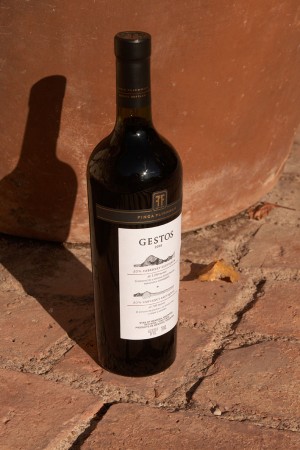
“The water is our most important asset,” says Luis. “In Europe you check vigor by selecting a particular soil type to a particular grape. Here we monitor the vigor by irrigation. If you control the water, you control the grape quality. Ideally, the vine should not continue growing after veraison (when the grapes change color), only the grapes should ripen further. So you have to be careful with the water. You have to know exactly how much foliage you need to have.”
“We mostly use drip irrigation but for the old vines we still use the flooding method (flood irrigation), though it is not ideal. It is not an environmentally friendly method because you lose much water. The work in the vineyard is also dependent on the price level of the future wine. But it’s important to make good quality wines also at the entry level. We want to inspire consumers to explore also the more expensive wines” says Luis.
The altitude
More and more growers are moving closer to the mountains. It is popular to blend grapes from different altitudes. All Finca Flichmans wines are a blend of grapes grown at different heights above sea level, from 700 meters (the height of the city of Mendoza) up to over 1200 meters.
“On these high altitudes the nights are cooler which is an advantage because our biggest problem is that we usually get good phenolic maturity only at high sugar levels. At higher altitudes, we can get phenolic maturity earlier and thus pick the ripe grapes before sugar levels are so high.”
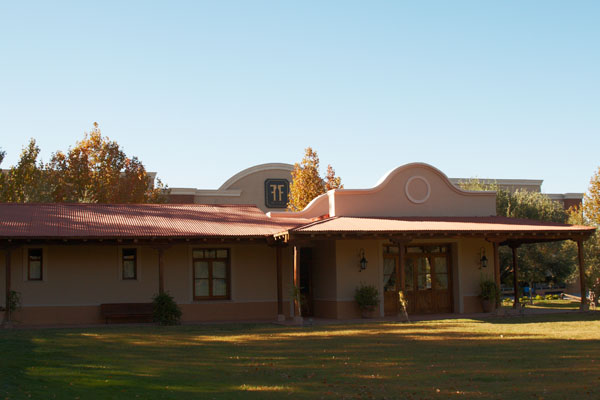
Malbec, but not only
The great grape in Mendoza is malbec. “We are completely dependent on the malbec!” exclaims Luis. “It’s an easy grape to work with and it gives fine tannins. Wine consumers are still discovering malbec, but I think it has all the makings of a real fashion grape. ”
The greatest progress in recent years has been made in the vineyard, says Luis. But it is also important to mention, he says, that the wine growers in Mendoza today are highly educated, not least thanks to wine university in Mendoza.
One of my favorites from Finca Flichman is French inspired Dedicado made with 80-85 % of cabernet sauvignon from the Uko Valley, blended with malbec, syrah and a little bit of merlot. I also like the elegant Paisaje de Tupungato, made mainly with malbec grown at 1100 meters and the spicy and intense aromas of Expresiones, a blend of shiraz and cabernet sauvignon.
Web site: www.flichman.com.ar
[box type=”info”]Curious to know more about Argentinean (and Chilean) wines? BKWine organises a wine tour to Chile and Argentina in February 2013 that will show you some of the best there is in South America. More info on BKWineTours.com.[/box]
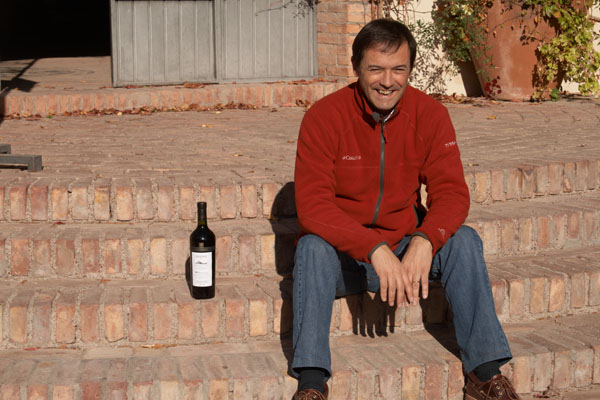





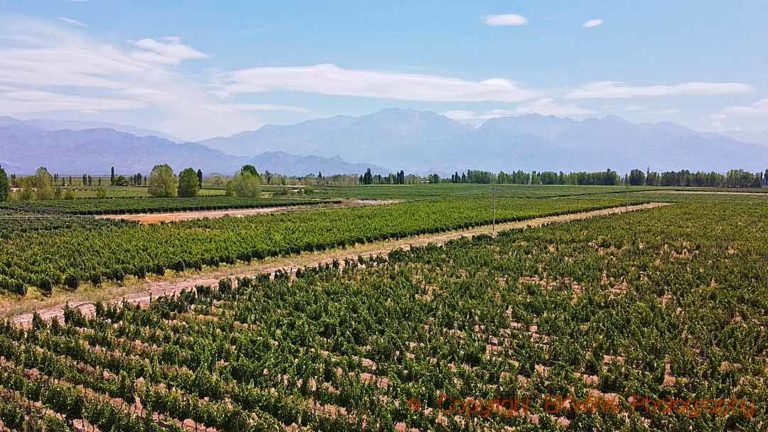





One Response